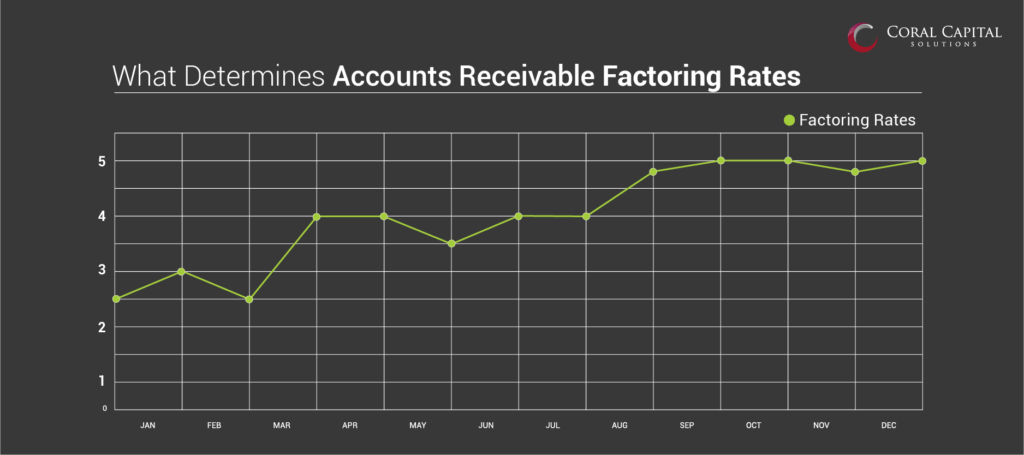
Every factor claims that accounts receivable factoring rates are comparable to standard bank loans.
But, we all know that interest rates of bank loans are a function of interest rates set by the Federal Reserve, the amount of time required to pay it back and the strength of the business as well as its owner.
What affects accounts receivable factoring rates?
Here common sense applies.
A company that does business with large companies with good reputations will have a good offering as the factor relies on the customers to make the payments. The rates are dictated by an assessment of the financial condition mainly of the customer and secondary the client itself.
Like any financial institution, a company which provides factoring service needs to handicap the odds of being paid back in full and the ease of receiving such payments. In particular, a lender or factor might look at whether the company is net income positive (sales minus expenses) or EBITDA positive (meaning it posted a profit after taking into account taxes, depreciation, and amortization). But, even when the business is not yet profitable, accounts receivable financing is an option.
But, even when the business is not yet profitable, AR Financing is an option.
While a traditional financial institution will also look at how long the company has been in business. Obviously, stable businesses that have profits or a demonstrable path to quick profitability will receive lower rates than businesses that can’t.
A business finance company focuses on the quality of the receivables and the amount of financing accordingly.
Under Receivable financing, there are other considerations include the credit quality of the company’s customers. For instance, if the debtors on the invoices are blue-chip corporations rather than small businesses, that will likely work in the company’s favor and translate to lower rates.
Finally, there’s the size of the transaction. Smaller deals involve the same amount of paperwork and fixed administrative costs as larger transactions, so the rates are higher. It’s the same calculation that makes bulk buying cheaper than buying piecemeal